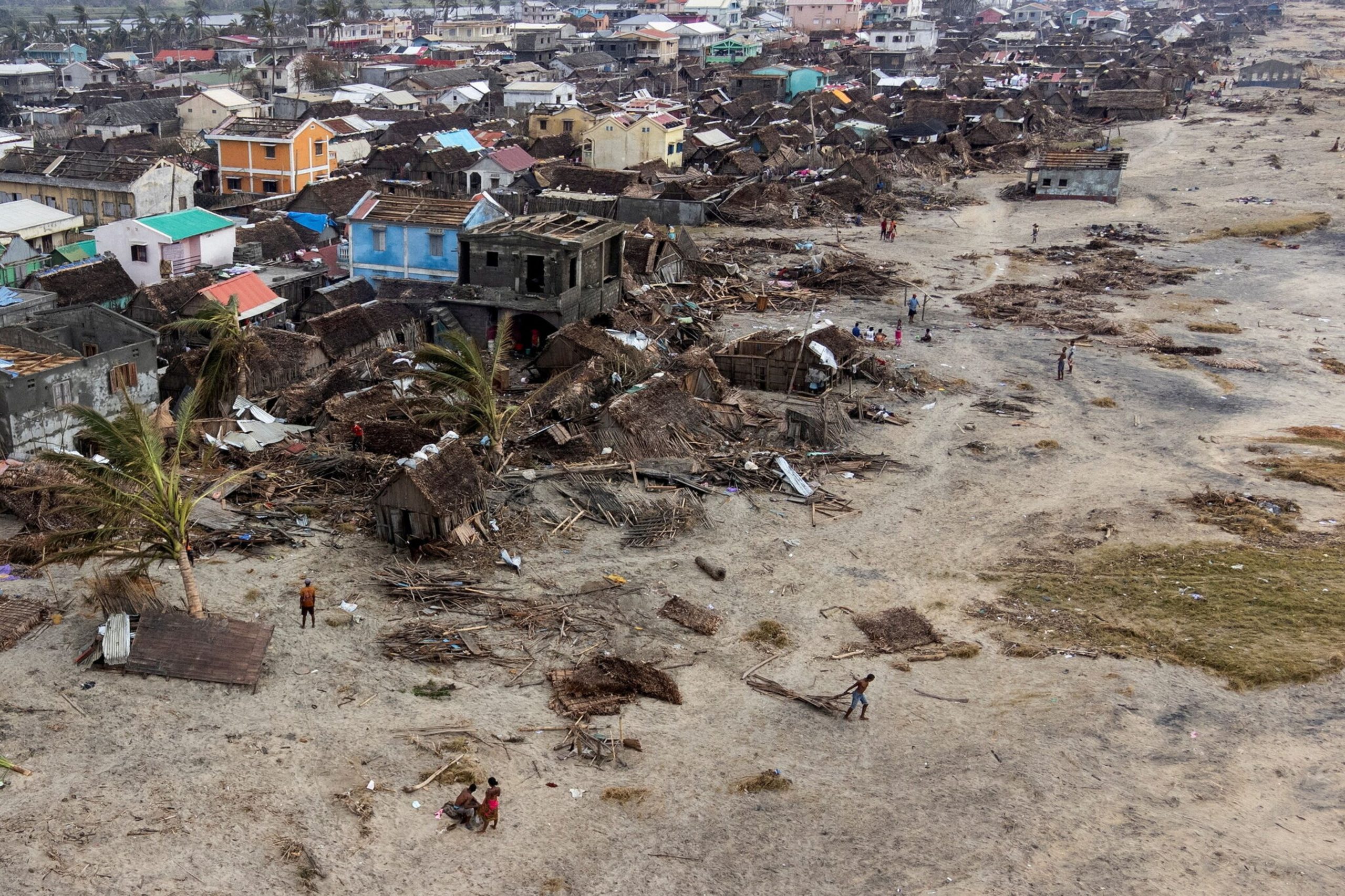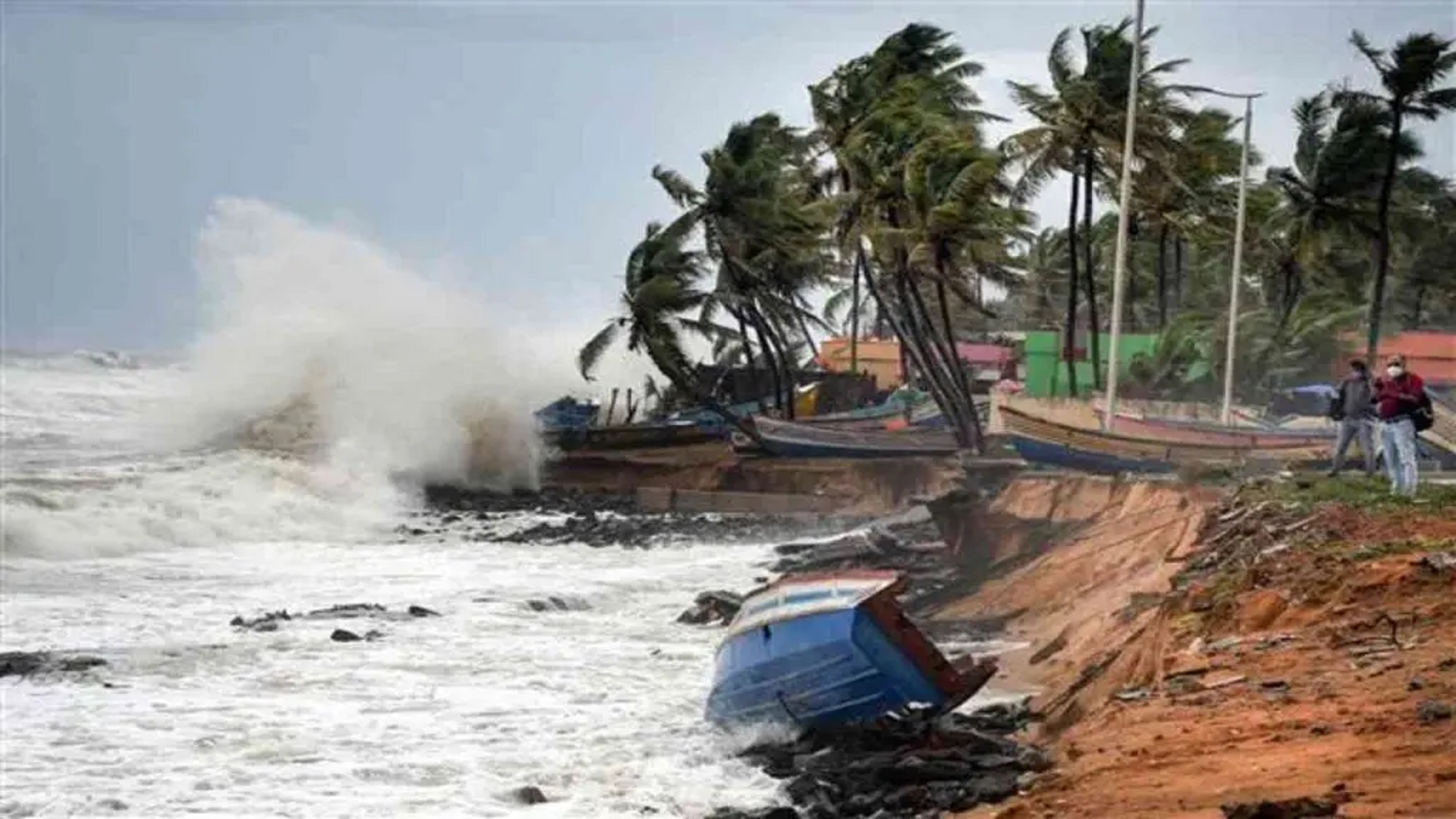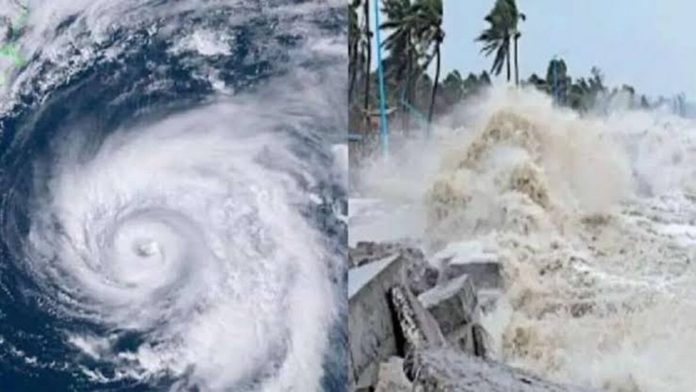- The alertness and preparedness of a country to respond during times of crisis determine how much relief citizens can expect in times of dire need. The team tasked with undertaking rescue operations is defined by its speed, training, resources, equipment, and, most importantly, its willingness to face any negative consequences. As you are aware, disasters come in all shapes and sizes, and from unexpected places, putting the authorities’ ability to provide relief, support, and assistance to the test. Unforeseen disasters may strike humanity without warning or warning signs. And the devastation caused by natural disasters such as earthquakes, storms, cyclones, and other calamities on humanity cannot be simply quantified.

PC: Reuters
- Of course, modern governments around the world have strengthened disaster response by forming specialized forces trained to respond to any emergency/event in record time. It is important to note that the efficiency with which the disaster response team provides every possible relief to the affected population defines the entity’s effectiveness as well as its sense of preparedness. Over the years, the Indian disaster response has matured and is known for providing relief to the affected in a reasonable timeframe, earning laurels and admiration. Several instances of large and minor natural disasters occurring across the country attest to this. As a result, it is a measure of trust in India’s disaster management capabilities that defines our rapid response during emergencies.
- For example, there is little concern about the impact of cyclonic storm Biparjoy, which is expected to hit Gujarat’s Kutch region on June 15. Evacuation is nearly complete, shelter-food-medicine has been organized, and infrastructure has been reinforced as much as possible under the circumstances. This focus and competency were on display in the recent Balasore train disaster, where the first unit of Odisha’s rapid-response team began rescue operations at the accident site before it was clear what had happened. They ensured that the number of fatalities was kept to 275 and that the over 1,200 injured received immediate treatment. Odisha has been exemplary in training and equipping its disaster management authority, India’s first, which was established in the aftermath of the 1999 super cyclone. There are no words to express how grateful they are.

PC: Sumit Arora
- Since then, it has engaged in countless missions including during floods and cyclones in Bengal and Andhra and up to Meghalaya to rescue miners. With extreme weather events and humanitarian crises becoming the new normal, rescue missions within India and abroad are expected to increase. The Indian military’s large-scale disaster relief work, later dubbed disaster diplomacy, shone in the aftermath of the 2004 tsunami, when they set up shelters and medical camps, supplied food and water, restored electricity and water supply, fixed bridges, and so on. The NDMA and NDRF – a rare, standing relief force that reportedly tries to have the first responder vehicle out within 20 minutes of information – have ably carried that mantle. The nation should be proud of these disaster fighters. Congratulations to them!






